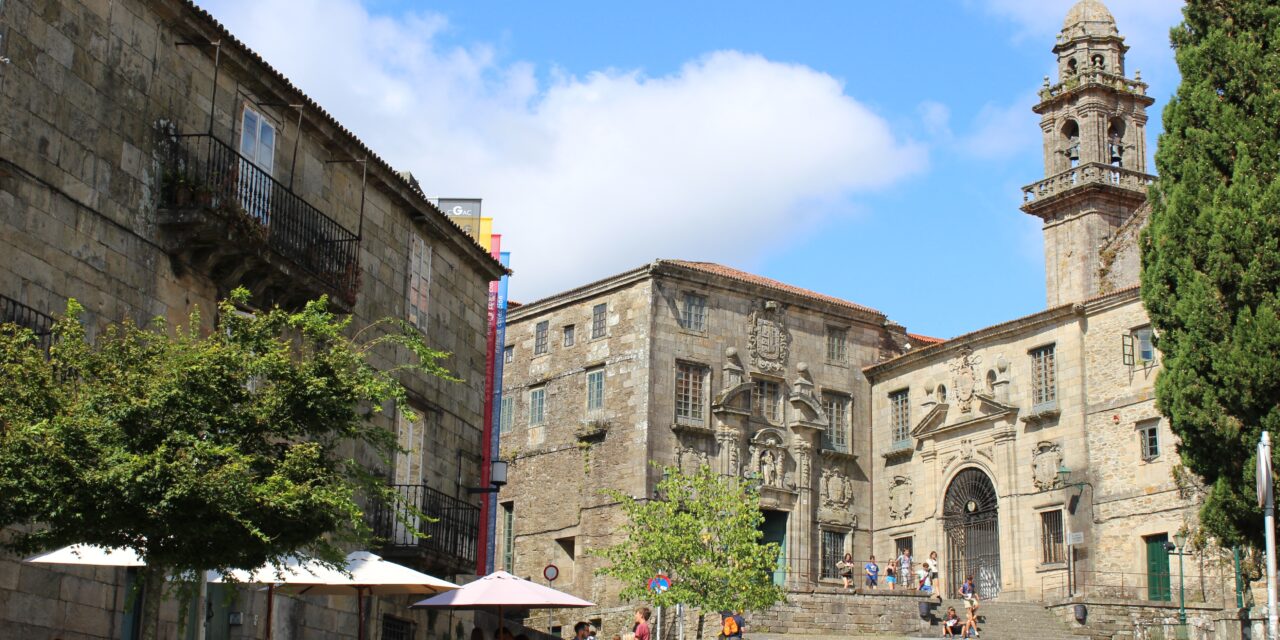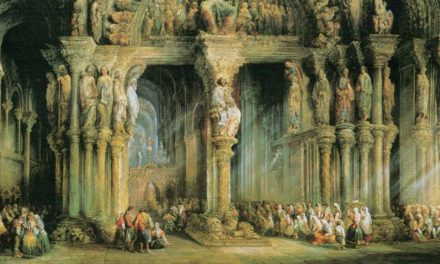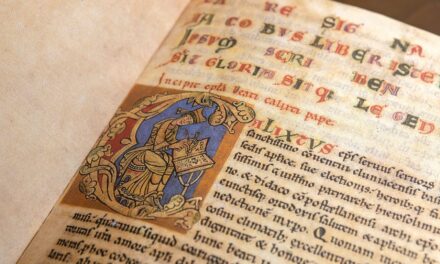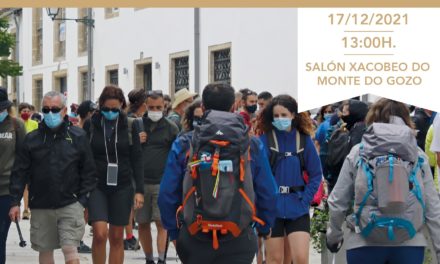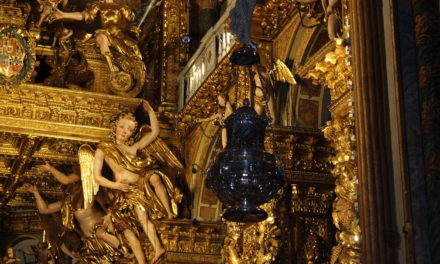The history
The Museo do Pobo Galego was founded in 1976 with the aim of investigating, conserving, disseminating, defending and promoting Galician culture in all its fields, particularly through the development of a museum that would represent these aims.
The creation of the museum relied on a first collection of great importance: the archaeological, anthropological and contemporary art collections from the Seminario de Estudos Galegos, an institution active in Compostela during the 1930s.
The building chosen to house the museum was San Domingos de Bonaval, a former Dominican convent ceded by the Santiago City Council for that purpose, where in 1977 the first rooms of the museum were opened to the public.
Today the Museo do Pobo Galego is an institution of great importance in Galician culture, whose collections can be visited as an ethnographic history of Galicia.
The architecture
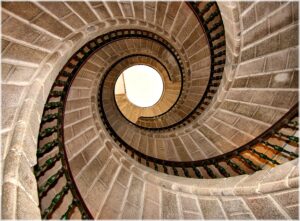 The former convent of San Domingos de Bonaval is a rich heritage complex and may be visited as part as of itinerary of the Museo do Pobo Galego. According to tradition, the convent was founded in 1220 by Santo Domingo de Guzmán, giving rise to a series of buildings of which hardly any traces now remain, the current ones dating from a later period: a Gothic church dating from the 14th century and a series of dependencies and cloisters, all of them the result of successive reforms and extensions, many of them carried out in the 17th century by Domingo de Andrade.
The former convent of San Domingos de Bonaval is a rich heritage complex and may be visited as part as of itinerary of the Museo do Pobo Galego. According to tradition, the convent was founded in 1220 by Santo Domingo de Guzmán, giving rise to a series of buildings of which hardly any traces now remain, the current ones dating from a later period: a Gothic church dating from the 14th century and a series of dependencies and cloisters, all of them the result of successive reforms and extensions, many of them carried out in the 17th century by Domingo de Andrade.
Next to the staircase, we recommend a visit to the church, a 14th-century Gothic-style architecture built following the canons of mendicant architecture. With a plan with three naves, it stands out above all its head with Gothic windows and ribbed vault. Inside is the Pantheon of Galicia, a side chapel of the church where the remains of some of the greatest Galician writers and artists rest: Rosalía de Castro, Castelao, Alfredo Brañas, Ramón Cabanillas and Francisco Asorey.
The collection
An important part of the collection of the Museo do Pobo Galego collects the ethnographic memory of Galicia: with objects, images and texts related to the Galician rural and maritime world. Other historical and artistic contents have been added to these pieces.
The result is the current collection that we could define as a set of objects used or employed by Galician society throughout history to satisfy its practical and spiritual needs.
These are objects of everyday life, although the museum houses examples of great value, unique pieces or outstanding objects, witnesses to the way of living and being of a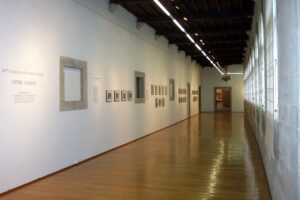 person throughout its history. For this reason, the visit of the museum’s collections proposes an approach to the world of work -in the field, on the sea and through various crafts, but also to the customs, the lifestyle, the social structure and the beliefs in Galicia.
person throughout its history. For this reason, the visit of the museum’s collections proposes an approach to the world of work -in the field, on the sea and through various crafts, but also to the customs, the lifestyle, the social structure and the beliefs in Galicia.
Temporary exhibitions
Along with the extraordinary architectural complex and the permanent collection, the visitor will also have access to temporary exhibitions. The extraordinary richness of the Museum’s collections, which consist of more than 15,000 pieces, have given rise to an exhibition program that seeks to value part of these collections and bring them closer to the public, but also gives space to initiatives and collections from other institutions, associations and individuals that value heritage through the dissemination of Galician culture.
Opening Times
Tuesday – Saturday 11:00 a.m. – 6:00 p.m.
Sunday 11:00 a.m. – 2:00 p.m.
Monday Closed
Images – We have taken the images of the interior from the Commons Wikipedia project, its authors are: José Luis Cernadas Iglesias and Iago Pillado.

